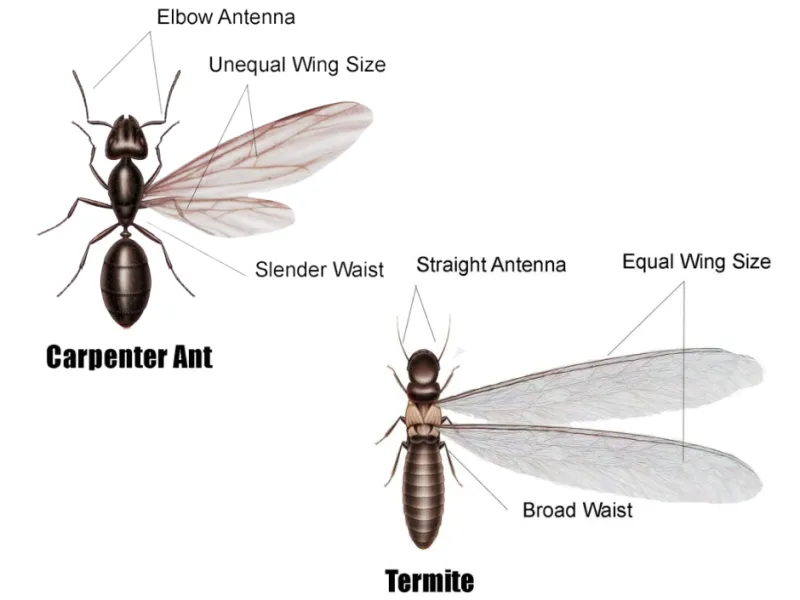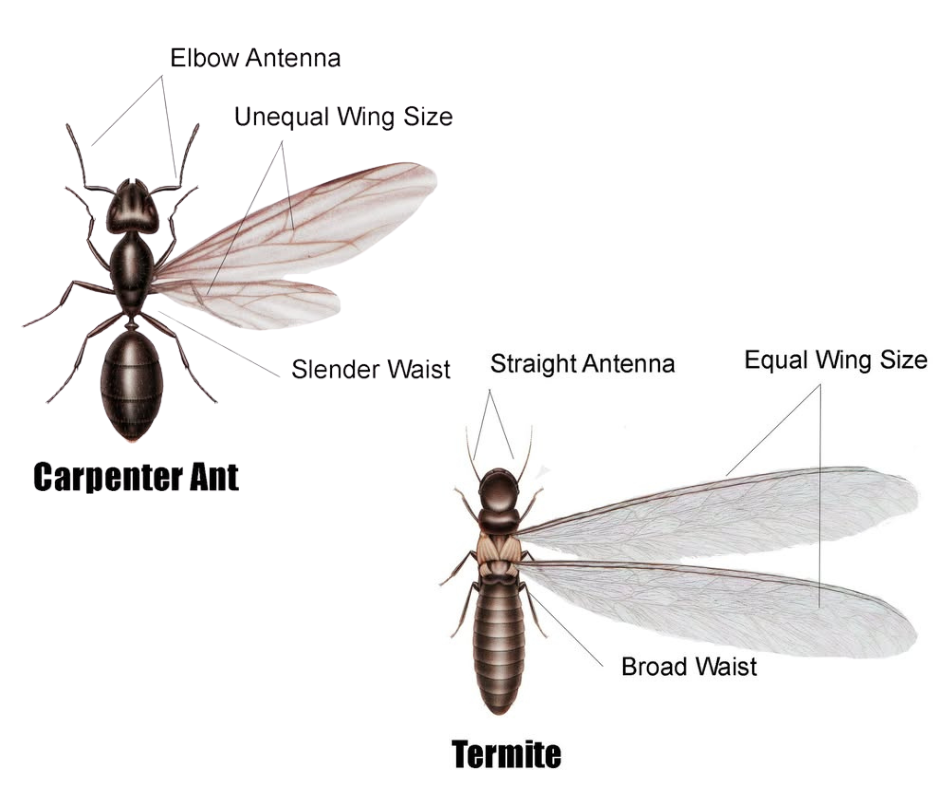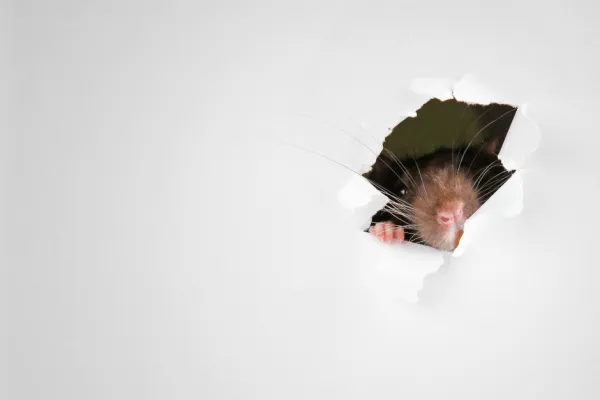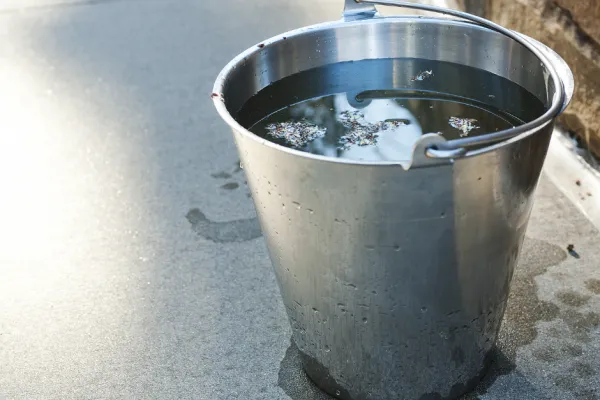Flying Ants vs. Termites

Flying Ants vs. Termites: What Crofton, MD Homeowners Need to Know
When summer hits Crofton, Maryland, it's not just the humidity and thunderstorms that return — swarms of winged insects also make their seasonal debut. These invaders are often either flying ants or termites, and though they may look similar at a glance, mistaking one for the other can have serious consequences for your home.
Crofton's warm, moist climate makes it a prime location for both termite colonies and ant nests. But while flying ants, also known as alates, are often harmless — a nuisance at worst — termites can cause thousands of dollars in damage, often before you're even aware of their presence. That's why it's important to know the small differences between winged or flying ants and termites.

Physical Differences Between Ants and Termites
Waist Shape
Flying Ants: Have a narrow, pinched waist that clearly separates the thorax from the abdomen.
Termites: Feature a broad, uniform waist with no visible constriction between body segments.
Wing Structure
Flying Ants: Have two pairs of wings — the front pair is noticeably longer than the rear pair.
Termites: Wings are equal in size and shape and extend past their body
Antennae
Flying Ants: Elbowed or bent antennae.
Termites: Straight, beaded antennae.
Color
Flying Ants: Typically black or dark brown.
Termites: Often pale, creamy, or light brown, with a slight translucent appearance.
Termite and Ant Differences
Flying Ants:
They tend to swarm during warm, humid days — often after rainfall.
Flying ants are usually harmless to property, though carpenter ants can cause wood damage.
Ants typically nest in soil, decaying wood, or wall voids.
Ants eat proteins and sugars like dead insects, sweets, and kitchen scraps.
Termites:
Swarm when it's time to reproduce and form new colonies — often unnoticed until damage is extensive.
Termites invade more than 600,000 structures and cause $6.8 billion in damage each year. And no…Termites aren't covered under your homeowners' insurance policy.
Termites tunnel through the moist ground to reach the wooden structures. They create mud tubes as they move between the ground and your home's structure.
Subterranean termites feed on cellulose: wood, paper, and plant material.
Flying ants are often seasonal visitors, typically appearing in early spring and summer. Many people confuse winged ants with termites because both swarm around the same time and look similar at a glance. However, the absence of visible termites doesn't mean your home is safe — termites are silent destroyers that remain active year-round, often going unnoticed until significant damage is done.


